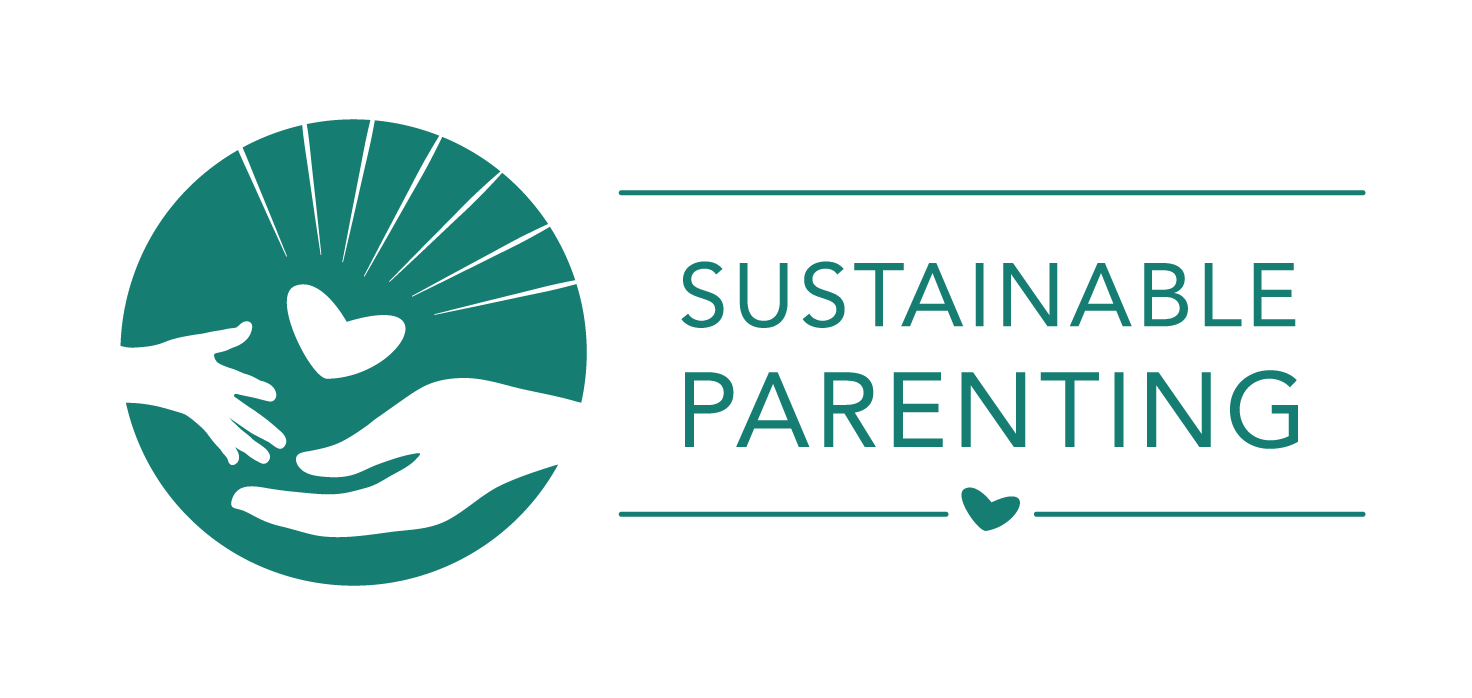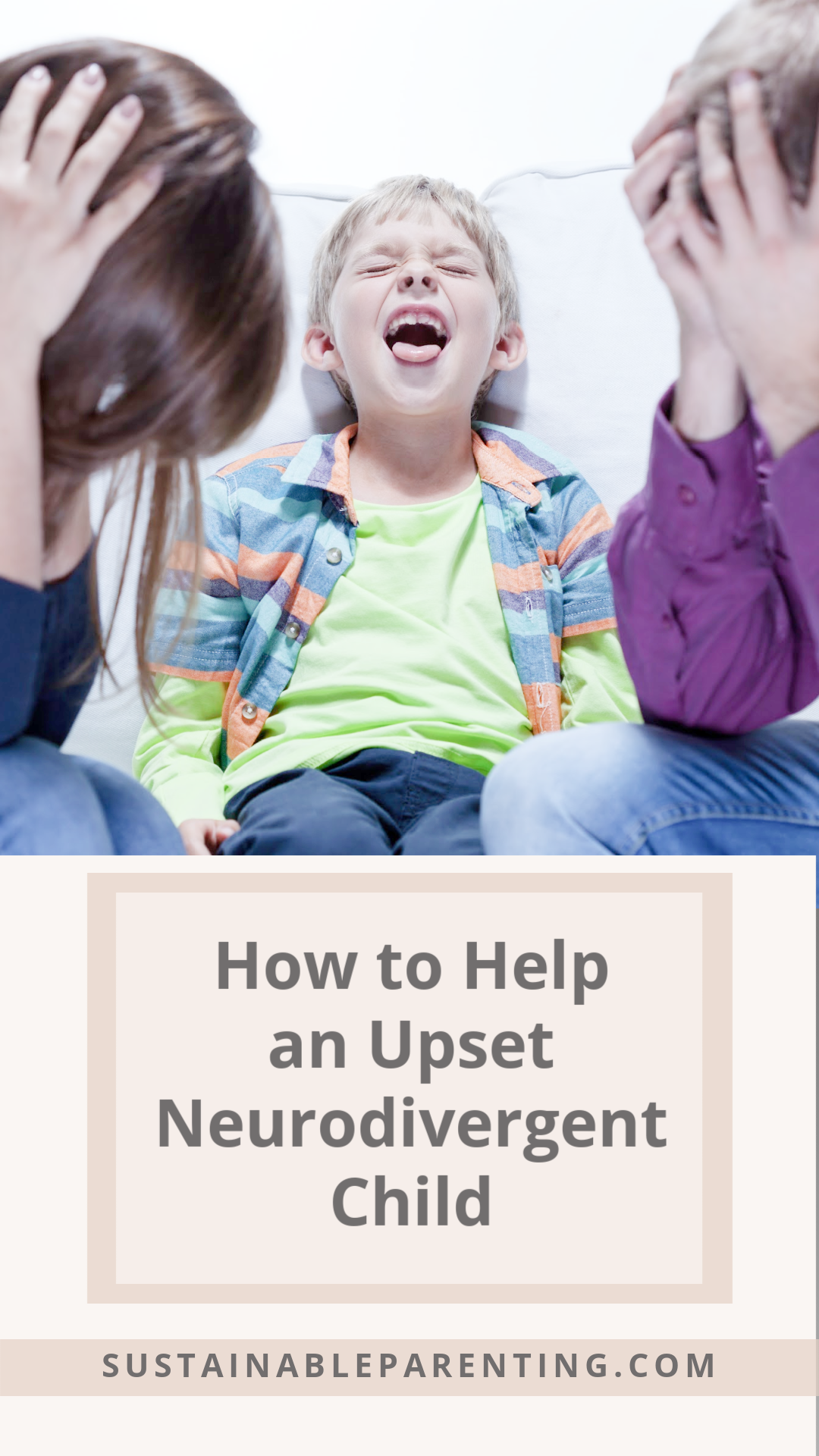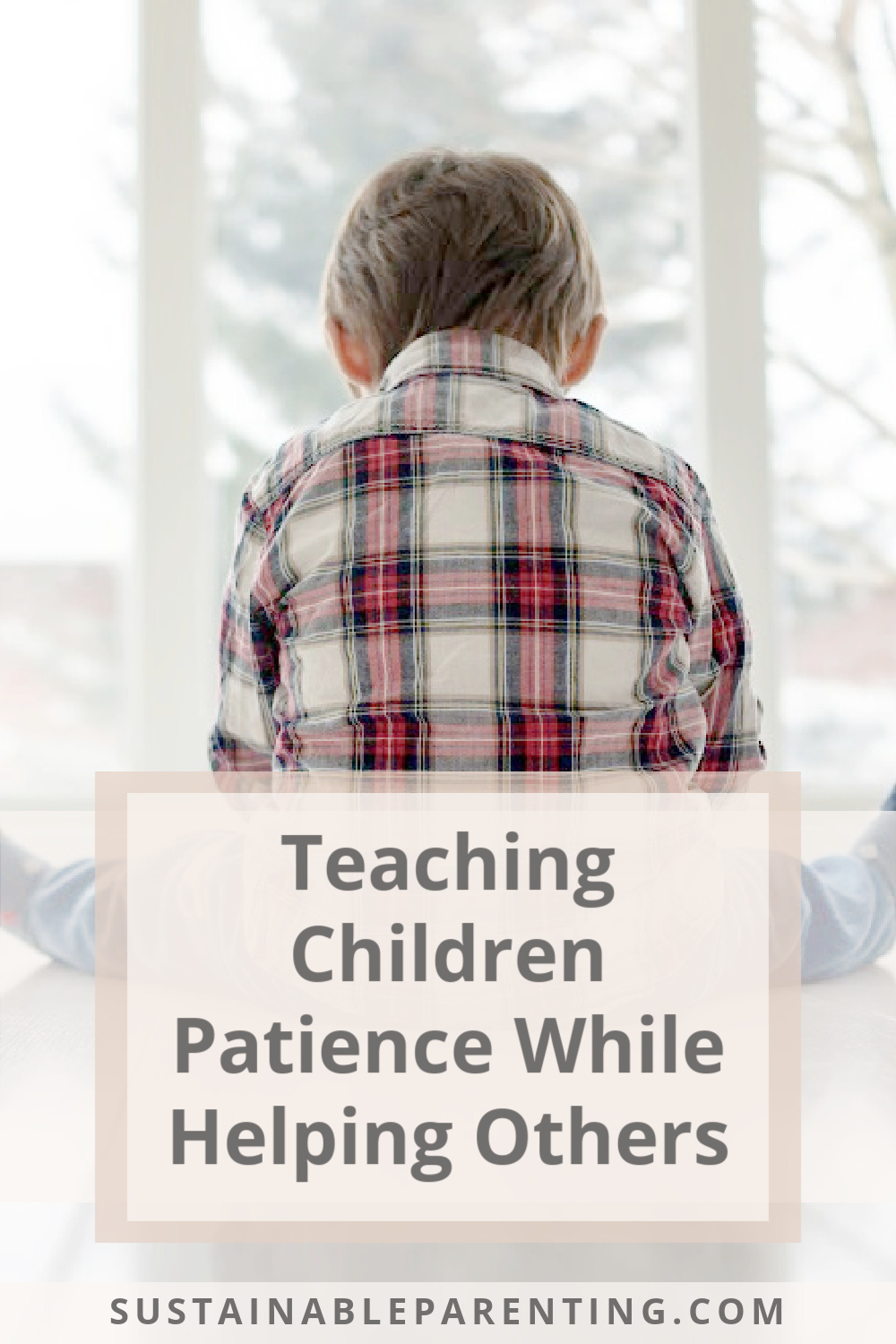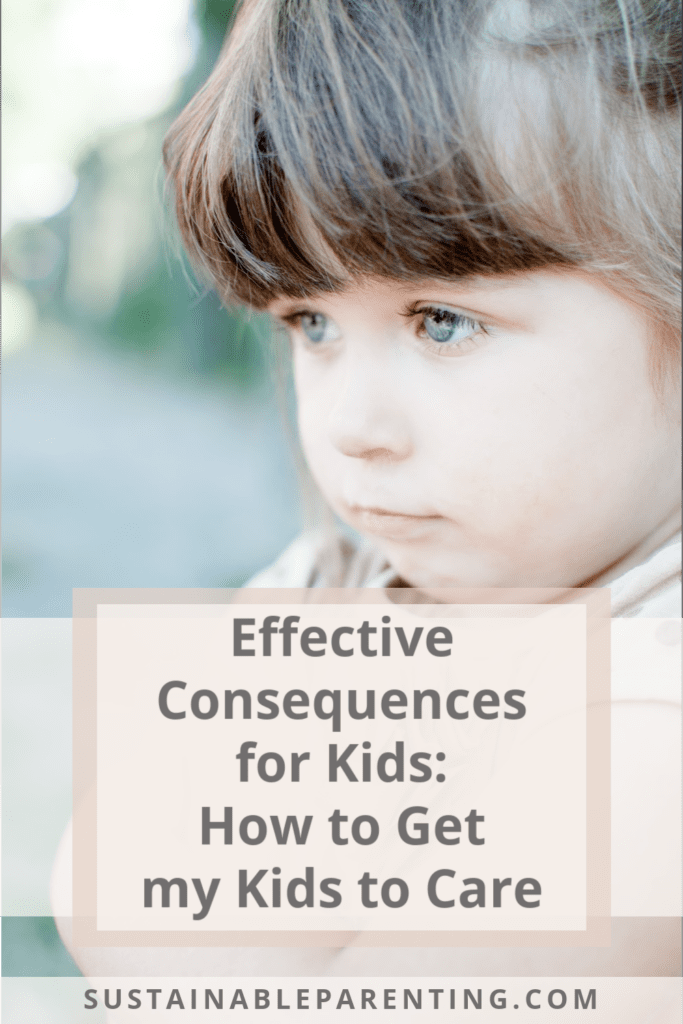
Go big or go home, right? Not so fast. When it comes to dishing out consequences, bigger doesn’t always mean better, and I KNOW that you would love to have super effective consequences for your kids.
When you are upset with your child and threaten a big consequence (hoping it will scare him into doing what you want), it can often backfire, and leave you feeling like consequences have no effect on your child. It might even leave you feeling like you are suffering in circles.
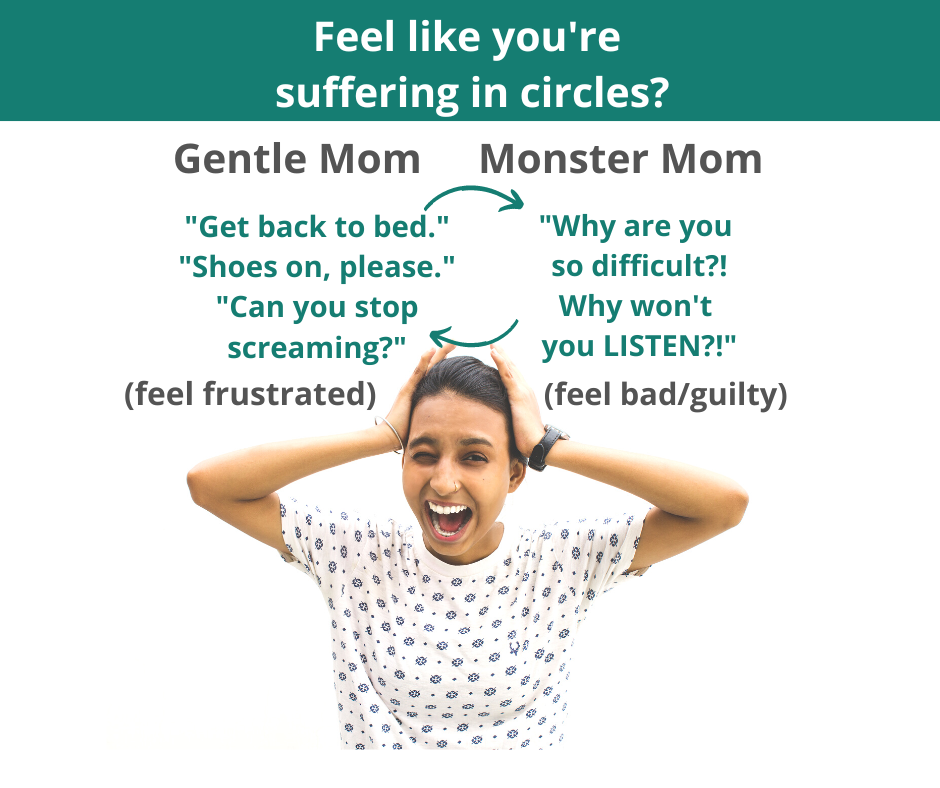
The main issue often comes from using steps that are counterproductive (without even realizing it). Here are 4 common mistakes you can correct, in order to have super effective consequences.
1. Don’t Go Too Big
Wanting to impose big consequences to get the child to really care about their behavior can often backfire, defeating the purpose. Going bigger is not better.
Have you found yourself saying:
- “If you don’t listen to me, you’re not going anywhere for a week.”
- “You will lose your birthday party if you keep this up!”
- “You’re not gonna play for the entire weekend if you don’t get over here.”
Unfortunately, these statements are likely not consequences you are really going to enforce, so then they just lead to the child thinking they don’t need to take you seriously.
Instead – seek ways to focus on smaller steps to consequences.
- “If we aren’t done with jammies and teeth by 7:30, we only have time for 1 book, instead of 2.”
- “Each minute that you continue arguing about turning off the iPad is 5 min. you loose from your iPad time tomorrow.”
2. Avoid using Consequences for Revenge
Consequences should never be about getting back at your child, or shaming them. These strategies often lead to rebellion or self-loathing, and that is certainly not our goal. Let’s not threaten to take away their lovey snuggle bunny at bedtime or tell all their friends how bad they were at bedtime. Instead, we want the consequences to guide them toward better choices, with love and respect.
3. Explain consequences in advance.
When you repeat what you want the child to do 10 times, and then yell out, “That’s it! All these toys are going in the garbage if you don’t clean them up!”…we are missing a key opportunity to motivate the child more effectively.
After the 1st time you have asked them to do something, let your 2nd reminder include the option of the consequence. Ie. “I asked you to clean the toys up, Josh. Let me be clear. I’m setting a timer for 5 min. And any blocks still on the ground when the timer goes off, will be put on top of the fridge to take a break for 2 days.”
In addition, you can make general agreements in advance like:
- “I notice you have left your bike in the driveway 3 days in a row. New rule: When I find your bike in the driveway after bedtime, it will not be available for 1 day afterward.
“I noticed you used my nail polish without asking. When you choose to use my things without asking, you will not have the option to use those things at all in the future. So make a wise choice about whether you choose to ask and have lots of chances to use it, or not ask – and have that be your final time using my nail polish.”
4. Be sure the relationship is always preserved.
A simple phrase like “I love you, and the answer is no” or “I love you AND…(consequence)” can deliver the message without causing unnecessary emotional distress.
- “I love you AND we are turning off the iPad”
- “I love you AND when you throw a toy, it will take a break above the fridge until tomorrow.”
- “I love you AND I notice your bike is still not put away”.
- “I love you AND when your backpack is hung up you can go play.”
Transforming your approach to consequences for your child means thinking small, staying reasonable and connected, and communicating in advance whenever possible. By reorienting your approach to consequences, you can create a system that guides your child toward positive behavior without resorting to ineffective or emotionally damaging measures.
If you’d like more personalized guidance, contact Flora today.

